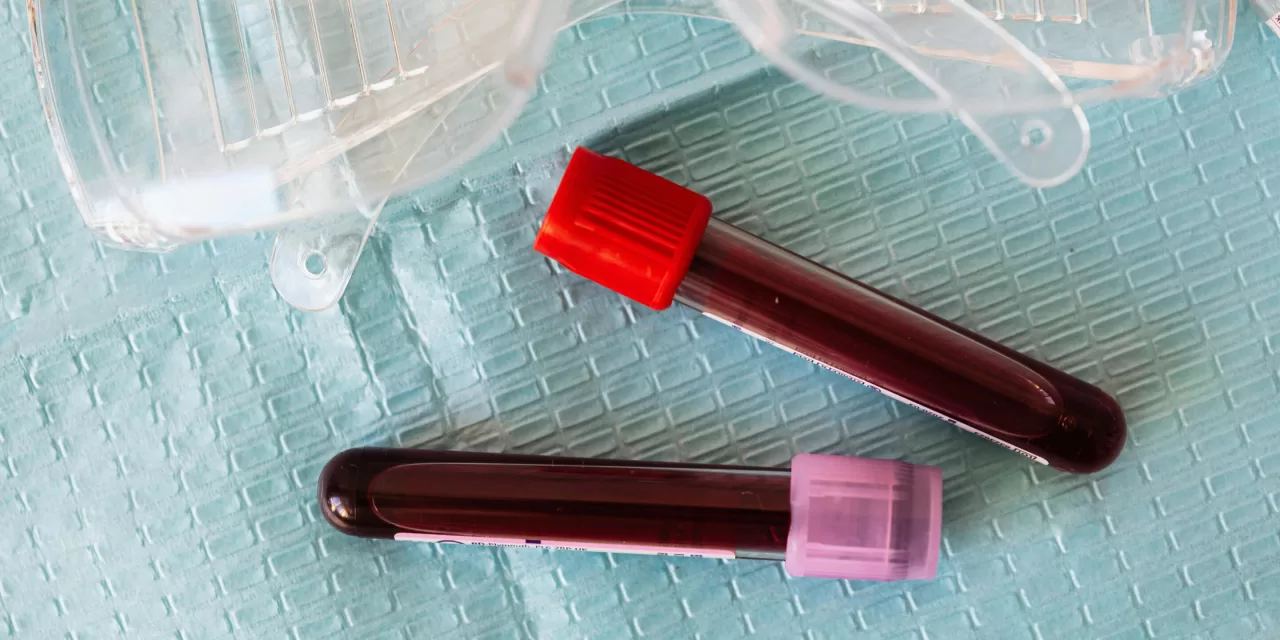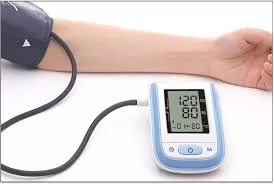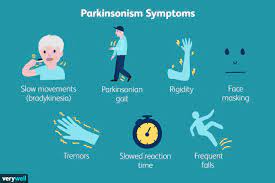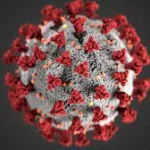A breakthrough in early cancer detection could significantly improve survival rates for one of the deadliest cancers. Researchers at Oregon Health & Science University (OHSU) have developed a new blood test called PAC-MANN, which has demonstrated an 85% accuracy rate in detecting early-stage pancreatic cancer.
A Game-Changer in Cancer Detection
Pancreatic cancer, particularly pancreatic ductal adenocarcinoma (PDAC), is notoriously difficult to diagnose in its early stages. Traditional tests, such as the carbohydrate antigen 19-9 (CA 19-9), have been useful in prognosis but lack the sensitivity needed for early detection. The PAC-MANN test addresses this gap by detecting changes in protease activity—biological markers linked to pancreatic cancer.
“The problem with pancreatic cancer is that we often catch it too late,” said Dr. Jared Fischer, a scientist at OHSU Knight Cancer Institute’s Cancer Early Detection Advanced Research Center (CEDAR). “Our goal with PAC-MANN is to give clinicians a tool that can detect the disease much earlier, when more treatment options are available and there is a better chance of survival.”
How PAC-MANN Works
The PAC-MANN test, short for “protease activity-based assay using a magnetic nanosensor,” requires only a small blood sample. By analyzing specific proteases that become more active in pancreatic cancer patients, the test distinguishes between healthy individuals, high-risk patients, and those with cancer. Researchers conducted a study on 350 patients from OHSU’s Brenden-Colson Center for Pancreatic Care and CEDAR, demonstrating that the test correctly identified pancreatic cancer cases with 98% specificity. When combined with CA 19-9 testing, PAC-MANN achieved an 85% accuracy rate in detecting early-stage cancer.
Affordable, Accessible, and Real-Time Monitoring
One of the key advantages of PAC-MANN is its accessibility. Unlike invasive procedures such as endoscopic ultrasounds, this test requires just 8 microliters of blood and takes only 45 minutes to process. Additionally, the cost per sample is less than a penny, making it a viable option for use in rural and underserved areas.
Beyond detection, the PAC-MANN test also offers a new way to monitor treatment progress. Researchers found that after cancer surgery, protease activity levels decreased, suggesting the test could track treatment effectiveness in real time.
“This test isn’t just about detection—it could also help us measure how well treatments are working and guide therapeutic options,” Fischer said. “If we can track a patient’s response to therapy in real time, we can make better treatment decisions and improve outcomes.”
Next Steps in Clinical Trials
Encouraged by these promising results, the research team is planning further trials, including an investigator-initiated study with the OHSU Knight Cancer Institute and CEDAR. If additional studies confirm its efficacy, PAC-MANN could become a valuable tool in routine screening for high-risk individuals, potentially transforming how pancreatic cancer is diagnosed and treated.
“Hopefully, this is one step toward ending cancer as we know it,” Fischer said.
Disclaimer:
This article is for informational purposes only and does not constitute medical advice. The PAC-MANN test is still undergoing clinical validation, and further studies are required before it becomes widely available. Patients should consult their healthcare providers for guidance on cancer screening and diagnosis.











